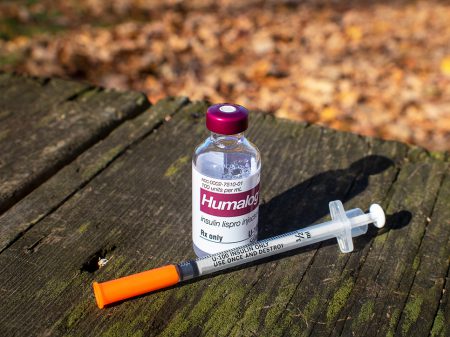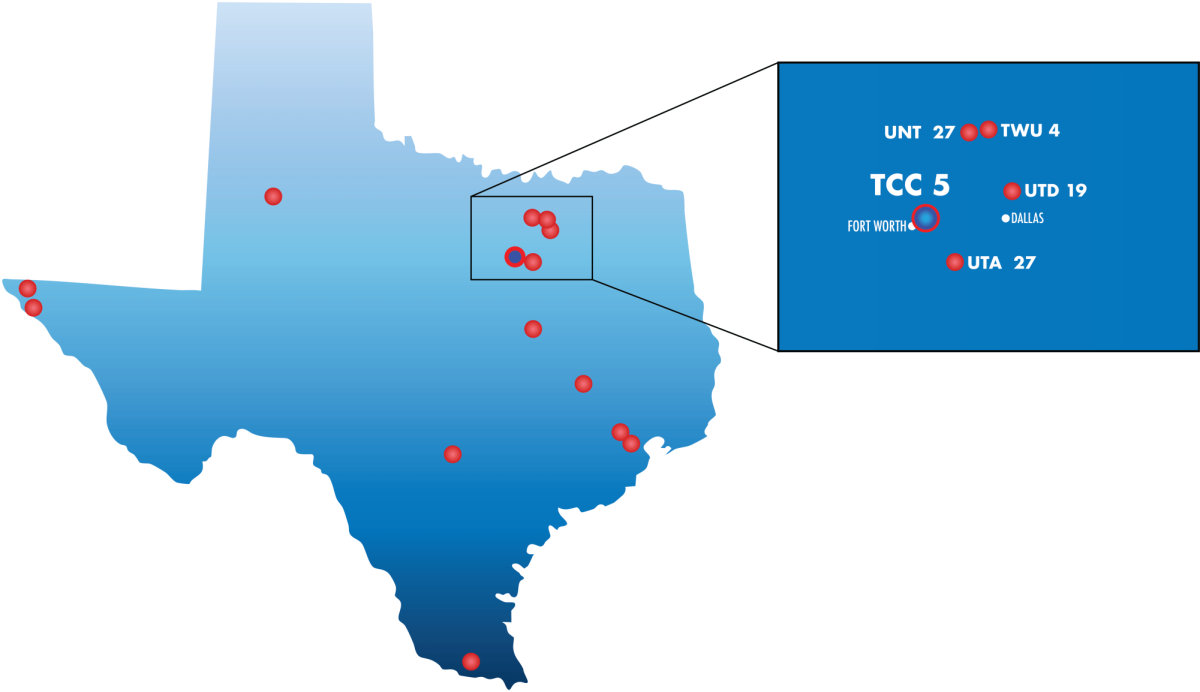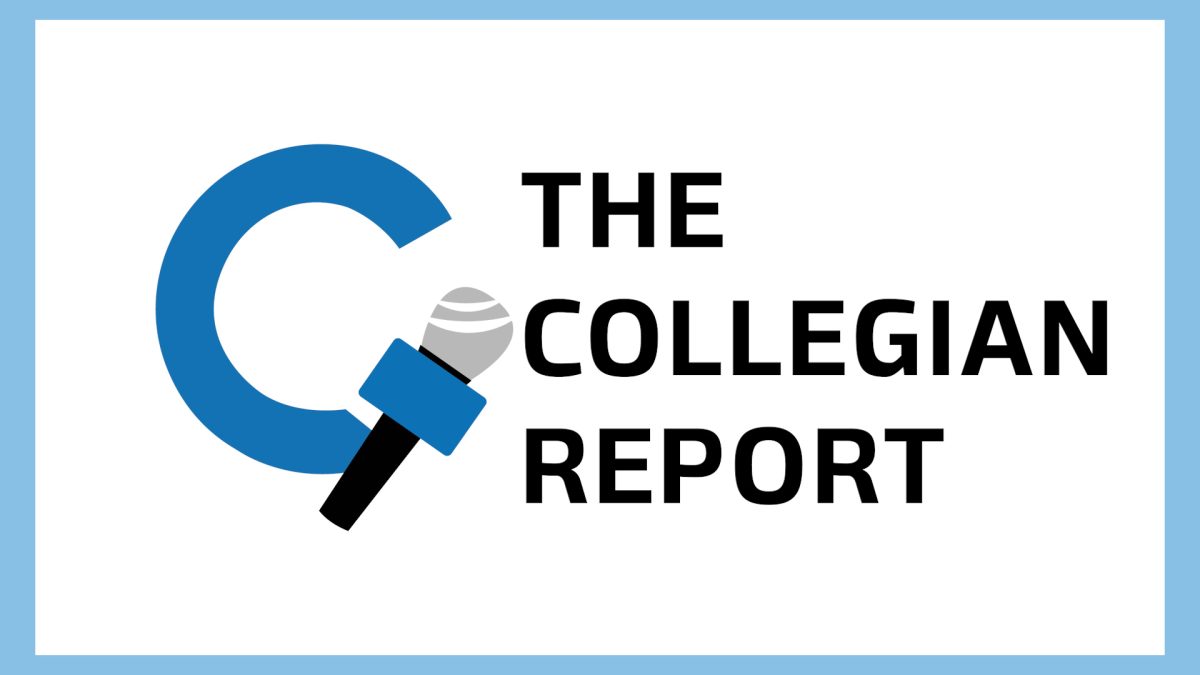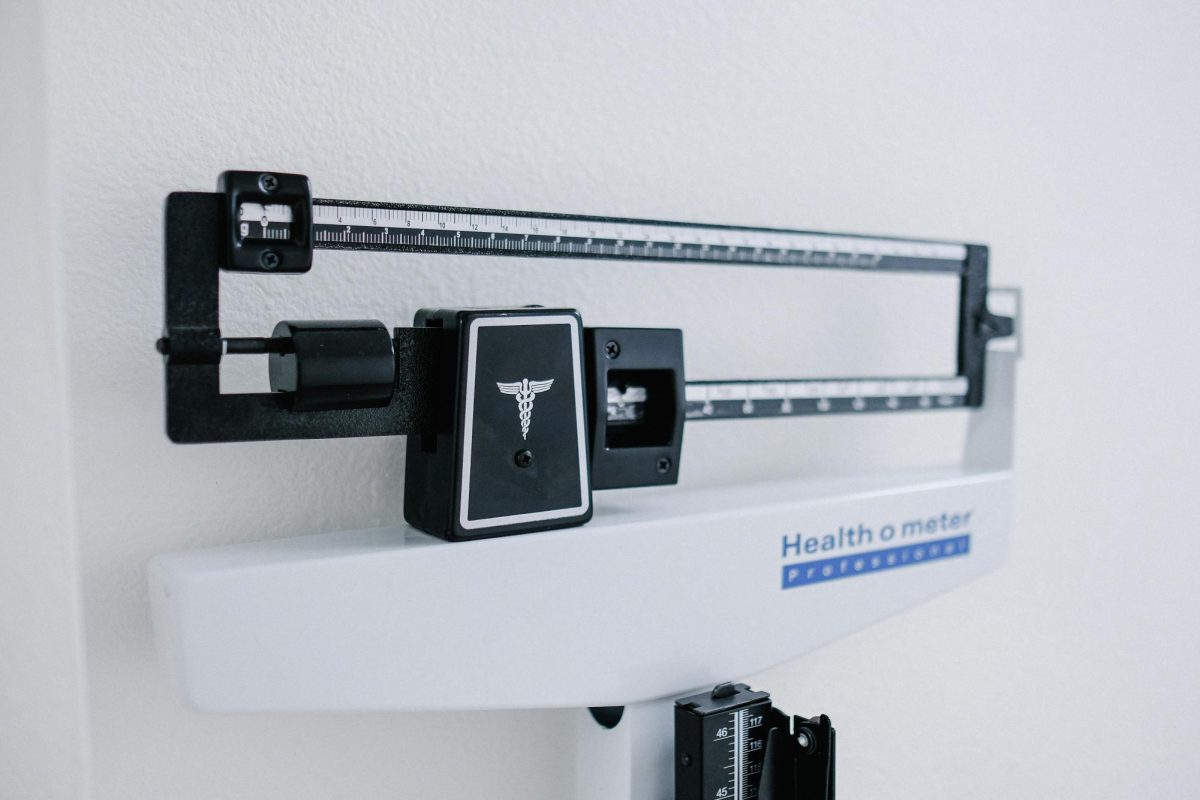
david moruzzi/unsplash
CAMERON WEBSTER
campus editor
cameron.webster@my.tccd.edu
The fight to lower the cost of insulin is the latest issue that signals the American healthcare system needs to be overhauled from top to bottom.
According to a report by Mayo Clinic, Americans on average are paying 10 times more for insulin than other developed countries around the world.
It costs under $10 for insulin to be manufactured, so it begs the question, why are single vials being sold for prices that range between $300 to $1000?
The answer, like so many things in this country, is that corporate greed and profit margins take precedent over the lives of the citizens of this nation.
Three companies have monopolized the manufacturing process of insulin in the U.S. They control 90% of the market.
These companies then turn around and use discount incentive programs to have their drug be the featured product covered by insurers. This competitive business practice has resulted in the price of insulin going up by around 11% per year for the last 20 years.
All of this takes place simply because it can.
Corporations that control this life-saving drug know that a person who can’t survive without it will do anything to acquire it. This includes paying an exorbitant price for it if you are uninsured.
The Centers for Disease Control and Prevention show that 7.4 million Americans require insulin to survive. With prices being as high as they are, some people living with diabetes have been forced to attempt to ration their supply.
In an interview with U.S. News & World Report last month, Lisa Murdock, chief advocacy officer for the American Diabetes Association, said that 1 in 4 insulin-dependent Americans currently ration their doses each month.
An extreme result of this occurred in 2017 with the death of 26-year-old Alec Smith of Minnesota. Like so many of us, Alec turned 26 and was booted off of his parent’s insurance. Unlike most of us, he was a Type 1 diabetic that required insulin to survive.
When he could not afford a $440 a month insurance policy or the $1300 a month cost of his insulin, he chose to ration his supply until he could afford it. Smith was found dead at his apartment of diabetic ketoacidosis only 27 days after he was forced off of his mother’s insurance.
The result was that Minnesota was able to pass legislation, aptly named the Alec Smith Insulin Affordability Act, aimed at addressing the concerns surrounding easier access to insulin.
This is an amazing first step because what happened to Alec is unfortunately more common than it should be. The nation needs to follow suit so that more lives are not lost due to something so easily stopped.
President Biden had included legislation to cap the cost of insulin within his “Build Back Better” plan. However, due to it being stonewalled by the Senate, other lawmakers decided to create their own ideas for lowering the ever-increasing price of the drug.
Last month, the House of Representatives voted to approve the Affordable Insulin Now Act. The bill follows Biden’s original plan of capping the cost of insulin at a $35 a month copay or 25% of an insurance plan’s agreed-upon price, whichever is cheaper.
The bill faces the same challenge as “Build Back Better” once it reaches the Senate. Democrats would need to flip at least 10 Republican votes for it to be passed into law.
Diabetics desperately need this legislation to be passed. If the bill stalls out and nothing changes, more lives will be needlessly lost. How much longer will people stand by and watch their family members die because the government refuses to stop treating healthcare as a business rather than a right?








































